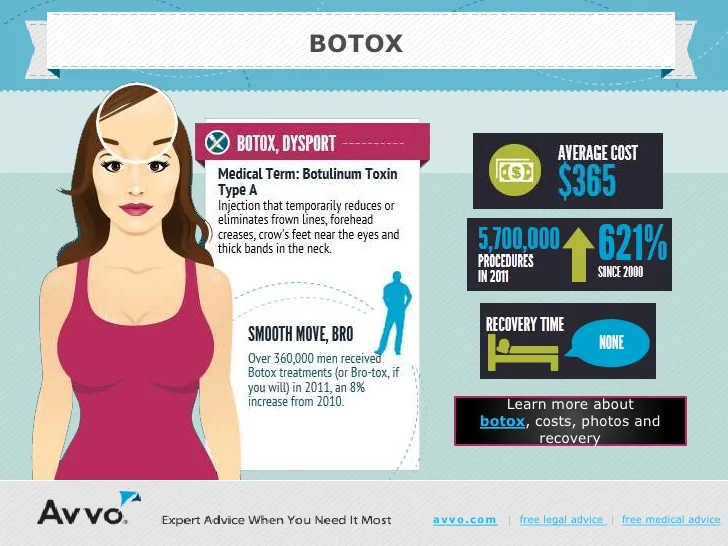Zinc Supplements For Acne Are They Effective
Zinc Supplements For Acne Are They Effective
Blog Article
Acne Treatment - What Are AHAs in Acne Treatment?
AHAs are an essential active ingredient for unclogging pore blockages and lightening up acne-prone skin. They work by breaking down dead skin cell accumulation to promote newer, fresher cells, and preventing future clogs.
Creating topical AHAs necessitates meticulous interest to different vital factors that considerably influence their efficacy and tolerability. Maintaining the ideal pH variety, in addition to lorry selection and concentration, magnifies their exfoliative features while minimizing potential negative responses.
Glycolic acid
Glycolic acid is recognized for its mild yet effective exfoliating residential properties, which advertise skin's all-natural losing and loosen the "glue" that holds dead cells on the surface of the skin. This assists unblock pores and minimize the appearance of fine lines and wrinkles, as well as enhance general skin structure and tone.
Remarkably, topical glycolic acid has actually additionally been revealed to stimulate the production of collagen, which is crucial in preserving skin's firmness and elasticity. It is very important to keep in mind, nonetheless, that due to the fact that glycolic acid can boost the skin's level of sensitivity to sunshine, it is vital to put on sun block when making use of any kind of items having this active ingredient.
Skin specialists pay mindful interest to the formula of items having AHAs in order to optimize their efficacy and tolerability. Formulating AHAs with the appropriate vehicle, along with pH and concentration considerations, enables ideal skin infiltration while decreasing possible adverse responses. This is particularly important for clients with sensitive skin, because AHAs are understood to be slightly irritating.
Lactic acid
Lactic acid is found in many over-the-counter skin treatment items and some more powerful expert peels and treatments. It has the lowest molecular weight of all the AHAs and has the ability to permeate deeper into the skin, where it is much more reliable at unclogging pores and scrubing.
Like glycolic acid, it additionally boosts collagen synthesis, which aids reduce great lines and wrinkles and improve skin texture. In addition, it has moisture-retention buildings, that makes it preferable for drier skin kinds than other AHAs.
The comprehensive body of medical data corroborating the effectiveness of topical AHAs supports their utility in a wide variety of dermatological ailments and visual worries. These include intricate skin restoration treatments, attenuation mesotherapy of fine lines and creases, lightening of hyperpigmentation, therapeutic intervention for actinic keratosis, and acne monitoring [2] Enhancing the formulation of AHAs by balancing pH, focus, and automobile choice even more enhances their therapeutic possibility. These cautious considerations enable skin doctors to provide risk-free and effective therapies that offer superior scientific results.
Mandelic acid
Mandelic acid, derived from almonds, is an additional member of the AHA family and is a prominent ingredient in items that help deal with acne. Its larger molecular dimension indicates it penetrates the skin extra slowly and gently, which can minimize the potential for irritability. It's likewise less most likely to trigger soreness and other skin level of sensitivity problems, making it suitable for delicate skin types.
Mandelic Acid is believed to help reduce swelling and boost hydration. It functions by loosening the bonds in between dead skin cells, allowing them to lose and expose fresher-looking skin. It also helps in reducing the appearance of bigger pores.
Formulating topical items with AHAs requires a specific balance of vital elements that dramatically affect their efficiency and tolerability. In particular, the pH of an AHA formula has been revealed to play a critical function in its ability to promote peeling and improve complexion and texture. Attaining this optimal concentration is a tough goal and calls for precise focus to the various aspects that impact the formula procedure.
Citric acid
Citric acid, located in citrus fruits such as oranges and lemons, is a mild AHA. It's less bothersome than glycolic or lactic acid, making it more suitable for delicate skin. It also has astringent homes, helping to dry out excess oil.
Like various other AHAs, citric acid can be used in chemical peels and everyday active/maintenance therapies to exfoliate the skin and promote cell turn over. It can help reduce the appearance of dark places and hyperpigmentation, along with fine face lines.
It can also enhance the synthesis of glycosaminoglycans, which play a vital role in enhancing the skin obstacle function. This assists to avoid trans-epidermal water loss, and maintain ideal hydration degrees in the skin [35]
AHAs can be combined with calming active ingredients such as ceramides or hyaluronic acid to improve their tolerability. They can be integrated right into day-to-day active/maintenance skincare with lotion or product formulations. This enables professionals to customize their AHA treatments based on person needs and preferences, with the adaptability of choosing from different treatment intensities or focus.